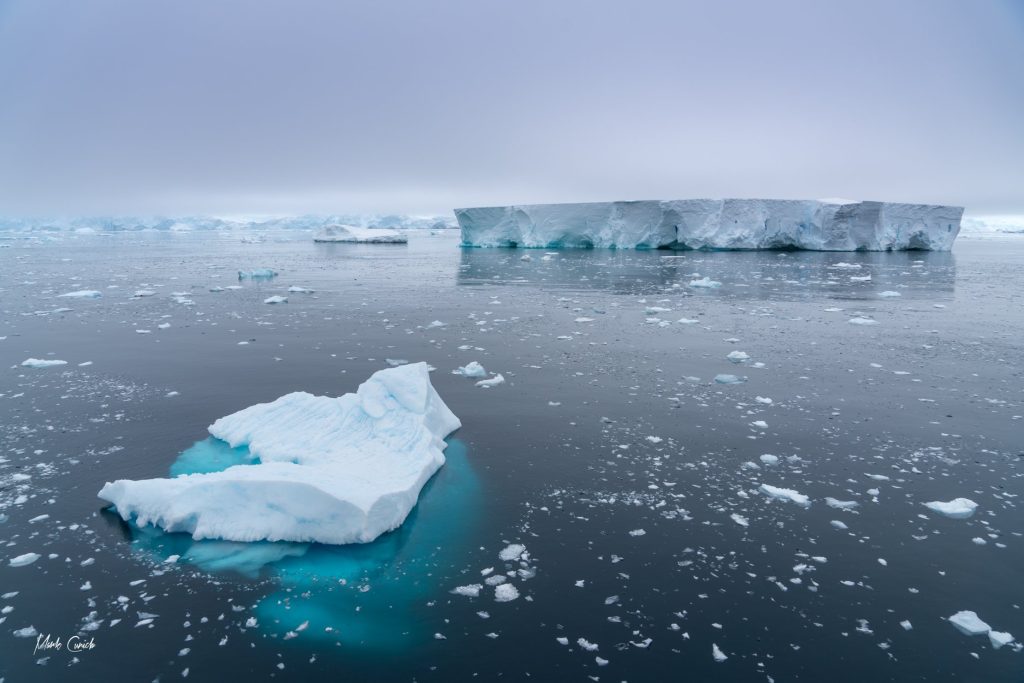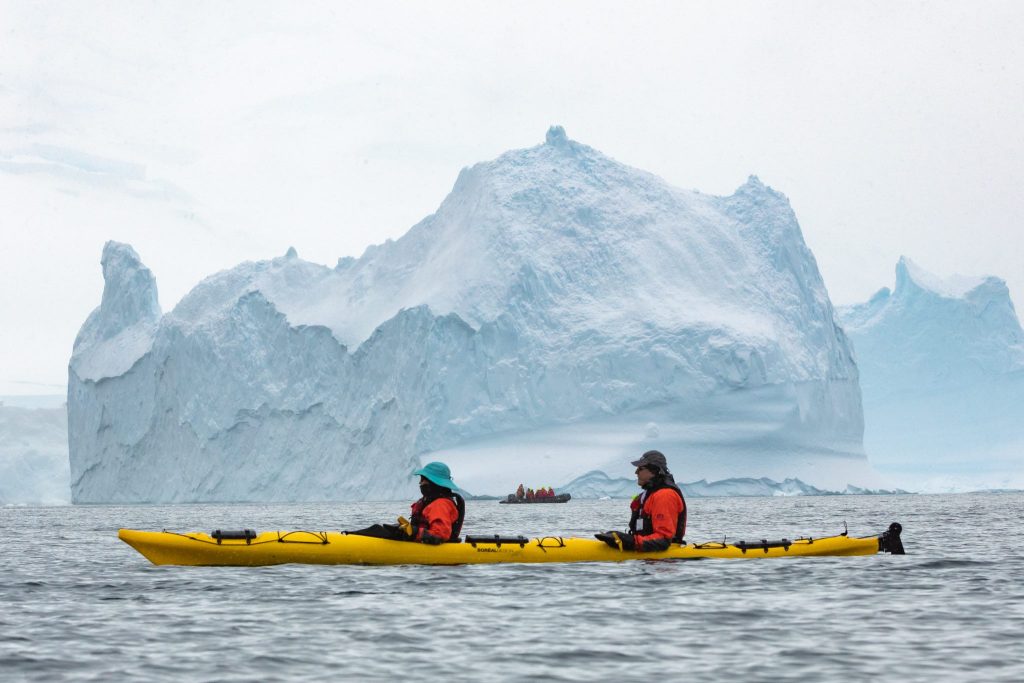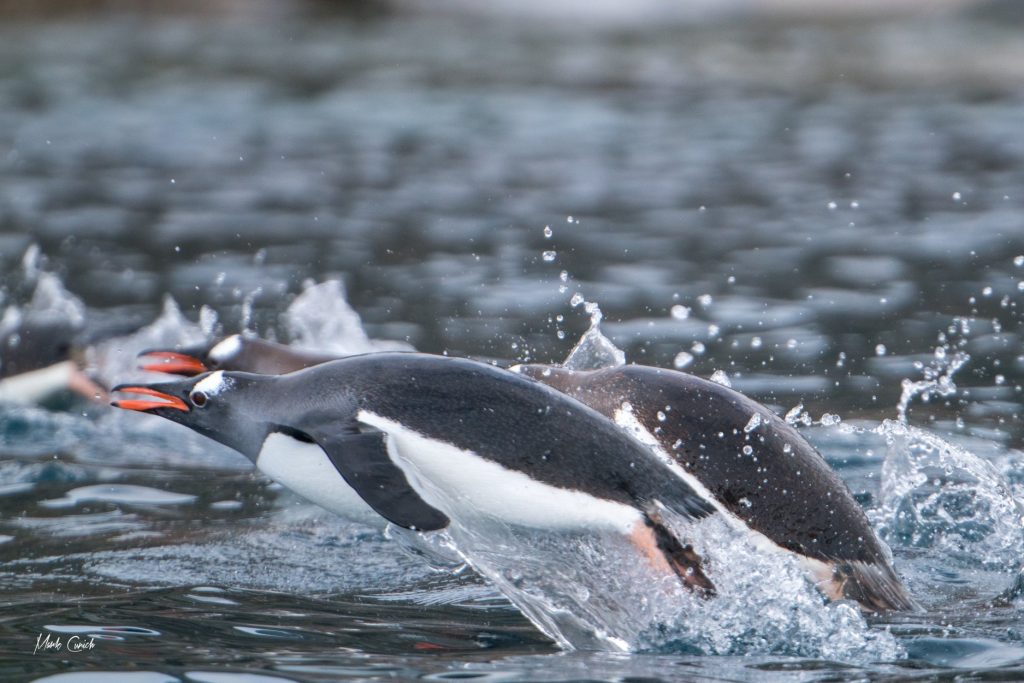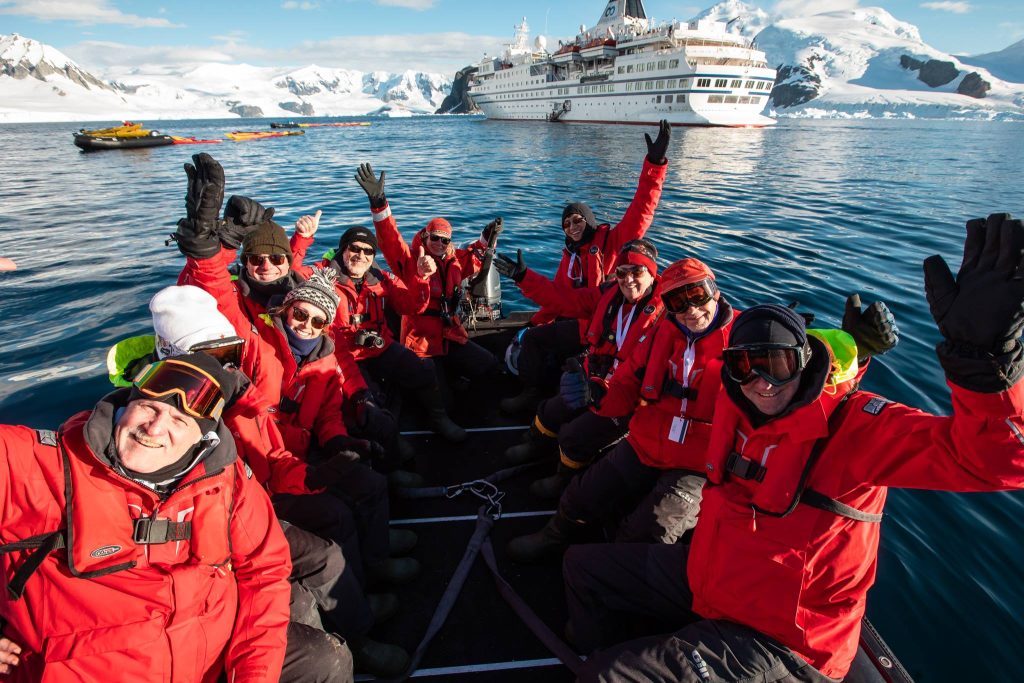Dr Cormac Carey,
Medical Director, Toowoomba.
After sampling the wonderful delights of Buenos Aires we flew South to Ushuaia, the southernmost city in the world. Here, we boarded our expedition vessel RCGS ( Royal Canadian Geographical Society) Resolute, our home for the next nine nights on a calm Friday afternoon.
The weather certainly allayed the potential for the dreaded sea sickness. Having been previously severely affected on several fishing trips,
I had researched all possible preventive options and was armed with an arsenal.
Secret Weapon
I also had a secret weapon. My compounding pharmacist had made me a batch of scopolamine gel. Scop patches are no longer available in Australia. By all accounts, the gel had a bulletproof reputation. I was keen to test its efficacy on myself and my wife for the 1000 kilometre crossing to the Antarctica peninsula. We applied the potion before we set sail at 1800 hours.
Our planned 2-day crossing of the Drake Passage was almost a non-event weather-wise. There was only a gentle swell for most of the journey until our first sighting of the Antarctic Peninsula. There we encountered a 2-metre swell which proved inconsequential.
Most of our fellow expeditioners had Scop patches which are available online from New Zealand with a prescription.
I felt the convenience of applying the gel every 8 hours was a superior benefit to the patch. The gel's short shelf life meant it could not be used after the two-week expiry date. Overall, however, I felt the get was worth the cost of $60.
After entering through the Bismarck Straits we encountered the calmer waters of the Lemaire Channel and all thoughts of seasickness faded as the gentle thud of icebergs created a surreal almost heavenly atmosphere.
Antarctic channel
Several Zodiac trips occurred on a twice-daily basis through mainly calm waters so no symptoms of seasickness occurred.
Our six days traversing the Antarctic channel was marked by very gentle seas only disturbed by humpback and minke whales and no experiences to warrant the use of medication on my part although many of my fellow expeditioners could be seen sporting their Scop patches behind their ears and I suspect it was purely a placebo effect.
After 6 days in the pristine beauty of Antarctica with endless blue icebergs, an abundance of wildlife; think waddling penguins, plump seals basking on ice floes, magnificent whales breaching and blowing and millions of birds breeding and raising their chicks, it was time to round Livingstone Island and head North for our return journey to Tierra del Fuego.
The question on everybody’s mind was would we get “Drake’s Lake “ or “Drake’s Shake”.
Our departure from Half Moon Island seemed innocuous enough till we entered the Drake Passage proper between Nelson and Robert Islands just South of King George Island and set out for Cape Horn.
Rounding Cape Horn
RCGS Resolute was immediately tasked with living up to her name as we encountered a 6 to 10 metres swell which persisted for the entire journey increasing with ferocity the closer we got to landfall. We experienced a 12-metre swell and many of the expedition staff counted it right up there with their roughest crossings: so badge of honour secured.
How Scott and Shackleton survived these conditions a century ago defies any understanding of the concept of human spirit.
Most people retreated to the safety of their cabins as it became quite difficult to move around. Sick bags strategically appeared on all corridors.
Despite the horrendous and tempestuous conditions, we surprised ourselves with no symptoms whatsoever of seasickness. It was with great relief that we entered the Beagle Channel to meet our Argentinian pilot to dock at Ushuaia.
Having rounded Cape Horn we are now entitled to rest our elbows on the dinner table and wear a gold earring permanently although as now in my senior years will not be rushing out for a piercing anytime soon!
Summary
To summarise the return journey lived up to expectations of an inhospitable sea crossing of 48 hours duration and the scopolamine gel provided excellent prophylaxis against seasickness although like all medications it’s efficacy may not be as effective for all individuals but have no hesitation in recommending it for those at risk.



